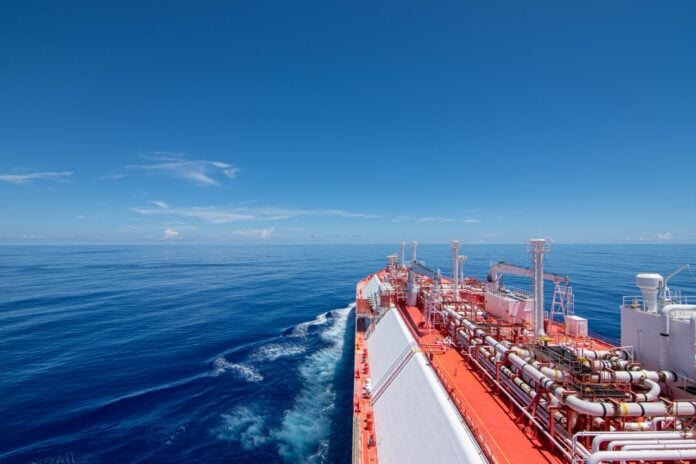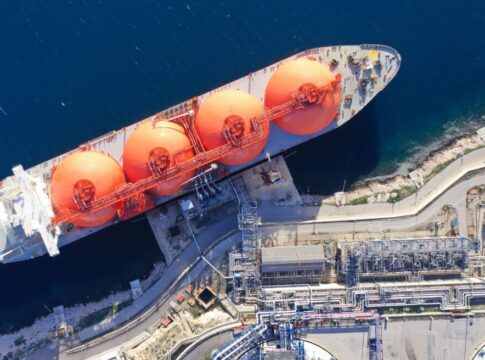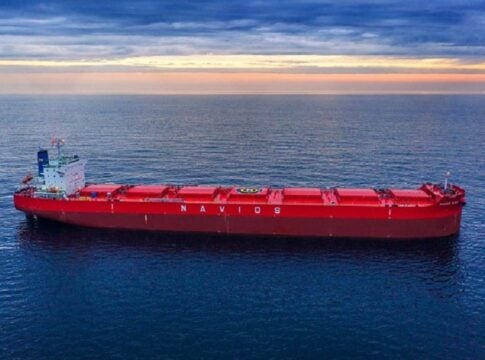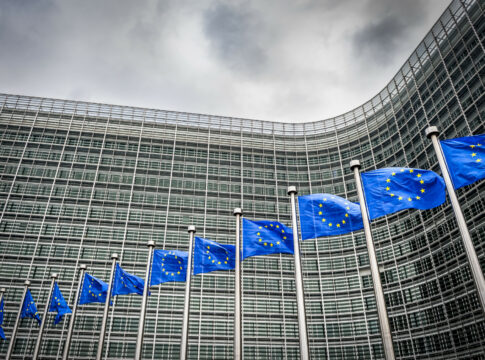Asia remains the largest importer of liquefied natural gas in the world. China, Japan and South Korea imported 44% of total trade in 2023.
However, while these countries are among the three largest importers of LNG, their share fell sharply in 2022 and 2023 (from 53% in 2021 to 44.1% in 2023) due to the increase in imports in European countries and energy production from nuclear plants and renewables in Japan and South Korea.
Dynagas LNG Partners, listed on the US stock exchange, owned by George Prokopiou, with a fleet of six LNG vessels, three of which are of the ice class type, in its annual report describes the market for LNG carriers.
According to the report, the rapidly decreasing supply of Russian natural gas to Europe has led to a shift to liquefied natural gas in the last two years.
On the other hand, China’s LNG imports skyrocketed in 2017 and surpassed those of South Korea to become the second largest LNG importer.
There was also a large increase in LNG imports in India, Taiwan and Spain, due to growing demand from the energy sector in these countries and their respective governments’ focus on using natural gas as an energy source to reduce air pollution caused by conventional energy sources.
With the steady recovery of the Chinese economy and the lifting of Covid-19 restrictions in January 2023, the country’s LNG imports rebounded in 2023.
China’s shift from coal to natural gas is driven by its intention to reduce pollution. China’s use of natural gas as a percentage of the country’s total energy demand rose from 5.5% to 8.2% during the country’s 13th five-year plan, and coal’s share fell from 64% in 2015 to 56.6 % in 2020.
Based on the 14th Five-Year Plan, China plans to formulate an action plan to peak carbon dioxide emissions before 2030 and consolidate efforts to achieve carbon neutrality by 2060.















